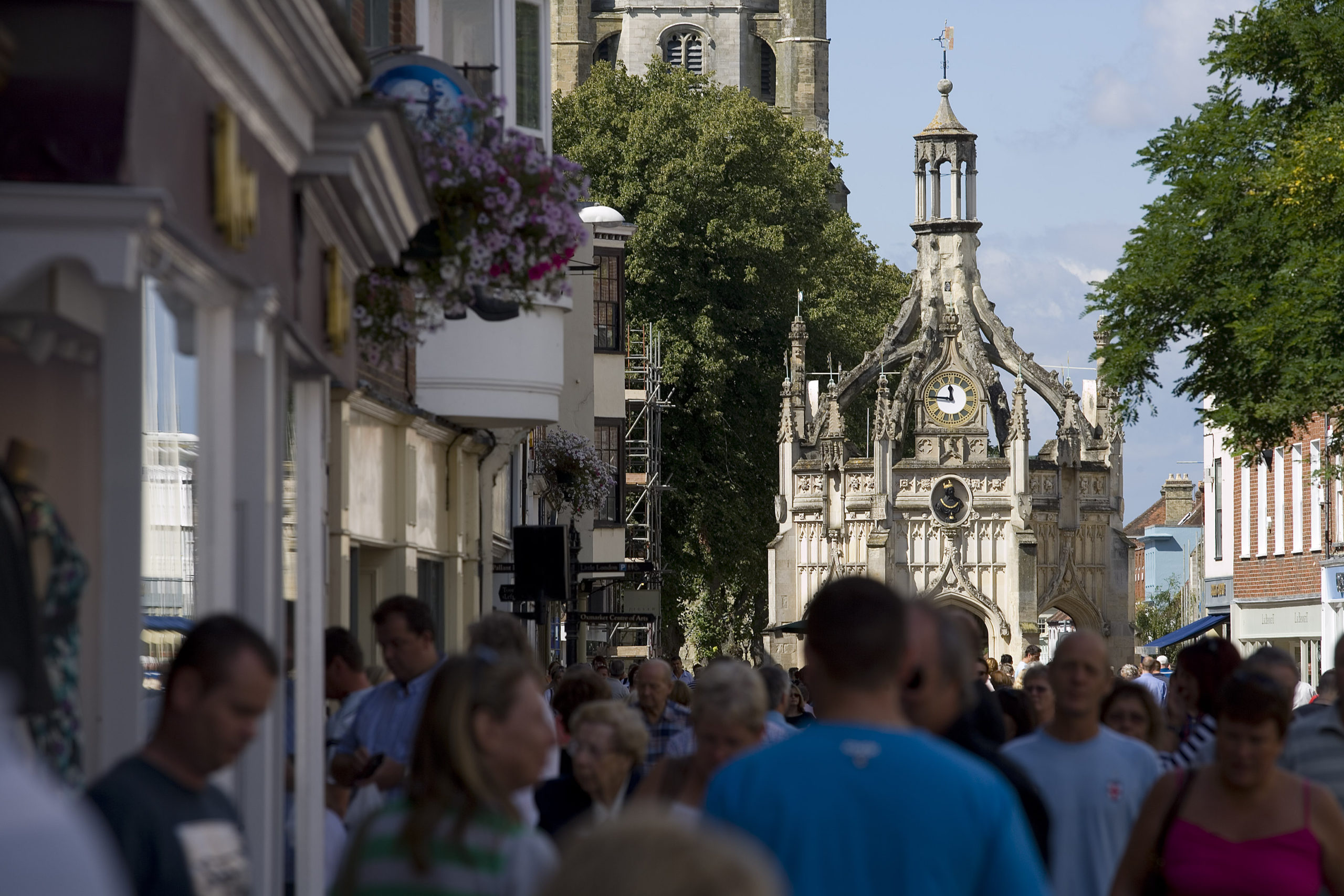Yet another month of 2018 has brought news of more major high street names disappearing or facing the risk of closure, and this time the axe fell on Chichester with news that House of Fraser in West Street is to close. So what next for the high street in general and Chichester in particular? Has the affluent South East bubble that seemingly protected the likes of Chichester from looking like many other high streets up and down the country, burst?
There is much commentary on what has gone wrong with our high streets, but with some brands expanding and spending big whilst others fall by the way side, it is clear that a recipe for success does exist – but why are big names finding it so hard to adapt?
These questions are intertwined. Chichester has fared well in recent years and maintained a low retail vacancy rate in part because of the size of the stores – they are not Oxford Street flagships nor out of town megaliths – and also because of the mix of small chains (less exposure), independents and niche market operators. Whilst rent and rates remain the biggest costs for high street operators, the size of the retail units in Chichester does mean that the breakeven point is slightly more achievable, especially given the presence of a more affluent shopper, fueled in the main by the ‘grey pound’.
The House of Fraser story runs somewhat contra to this however, having occupied one of the largest retail sites in the City Centre, which will have made its rent and rates cost stand out on the P&L, especially when back dropped with falling revenues. Those falling revenues, like so many other big-name retailers, are largely down to the inability of big retailers to respond to changing customer demands/tastes. Smaller, more nimble operators and those new to the market have been able to respond (faster) and, so far, seem to be riding out the storm.
The survivors have embraced technology or been born into the internet generation, so their model is built around the knowledge that not all buying happens in the store. When in store, the use of technology is making a difference and is making some shops into a go-to destination. The adoption of augmented reality (AR) in retail is a big theme – sports shoe shops that show you how a shoe will look on your foot without having to retrieve one from the storeroom, or the mirror at the cosmetics counter that will allow you to test 20 different shades of lipstick or foundation without a makeup remover in sight – are what the time poor cash rich shopper wants. How many times have you seen that kind of technology applied in the big-name retailers? Rarely is probably the answer and therein lies the issue.
The problem with any general high street health check is you rarely get much advanced warning of businesses disappearing, but the institutional announcements of the big brands does seem to suggest 2018 may still see a few more names having to make tough decisions. Whether these big units can be re let is a question of time and flexibility on the part of the pension funds that typically own them, but it is fair to say, we should probably get used to smaller, more concentrated shopping precincts in the future if retailers fail to respond to the needs of an ever changing consumer.
